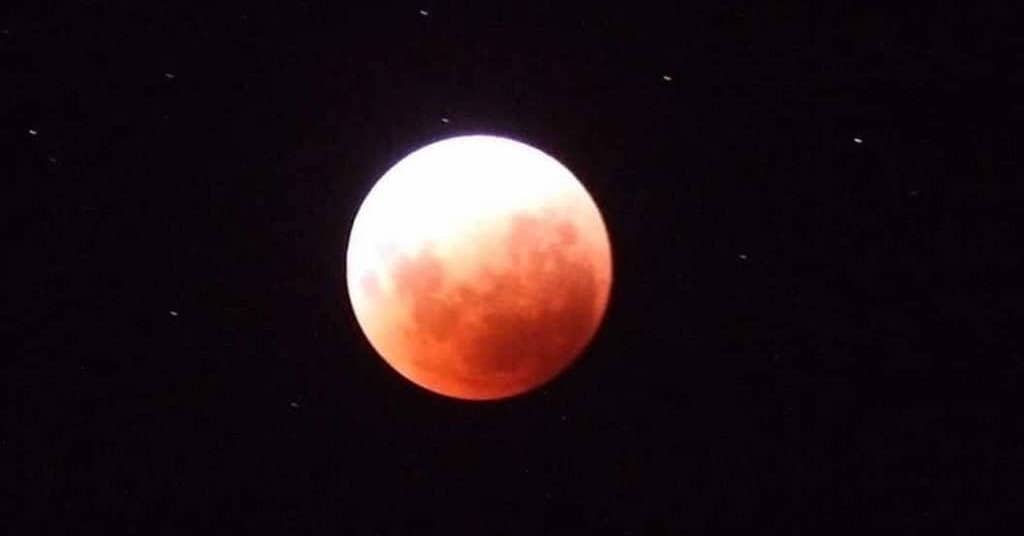The Moon is our one an only natural satellite. Rare astronomical events that include lunar eclipses and phenomena such as Blue Moon, Blood Moon and Super Moon spark wide interest. What do these terms really mean? Let’s have a look.

What is the rarest Moon event?
The rarest Moon event in modern times was a ‘trifecta’ of lunar occurrences. A Super Moon, a Blue Moon and a lunar eclipse coincided on 31 January 2018. Media outlets claimed it was 150 years since the last Super Moon and Blood Moon coincided.
You had to be in Australia, eastern Asia, or parts of Canada for its best views. The night sky in Northern Australia granted enthusiasts perfect viewing – a clear sky with no clouds.
Such events are definite times for night sky watching and for capturing the view with your binoculars, telescope, or camera.
Super Moon
A Super Moon is a full Moon that occurs when the Moon is at its closest to Earth in its orbit.
Blue Moon
A Blue Moon is when a second full Moon occurs in a single month. This generally occurs every 2½ to 3 years. For example, in 2018, there were two blue Moons in January: 10th and 31st, resulting in 13 full Moons, rather than 12, in that year.
For the next Blue Moon look out for August 30/31, 2023…which will also be a Super Moon.
Blood Moon
The Moon in total eclipse appears reddish in color as it is illuminated by sunlight filtered and refracted by the earth’s atmosphere, and this is what is called a Blood Moon.
A lunar eclipse is where the Moon is in the shadow of the Earth. The Earth is directly between the Moon and the Sun — the order: Moon–Earth–Sun.
Astronomer Brad Tucker, from the Australian National University, explains: “That red appearance is really the sunrise and the sunset of the Earth falling on the Moon.”
Lunar eclipses
A lunar eclipse takes place when the Moon is in Earth’s shadow, but only at full Moon. The Moon is directly behind Earth (opposite the Sun), at the time of full Moon. Earth’s shadow creates a central darken area, known as the umbra, and an outer edge called the penumbra.
How rare are lunar eclipses? Lunar eclipses occur on average twice a year. Total eclipses of the Moon are more common than partial in that three out of five are total eclipses. Total lunar eclipse dates for 2022: May 16-17 and November 9.
This video explains the intricacies of the lunar eclipse:
Where Did the Name Blue Moon Originate?
Supposedly, the term Blue Moon started from a misinterpretation of the 1937 Maine Farmer’s Almanac in answer to a question in the Sky & Telescope magazine’s 1943 quiz, so goes the story by Sky and Telescope.
The Almanac defined Blue Moon as the third full Moon in a season of four full Moons. But in the 1946 Sky & Telescope, J. Hugh Pruet cited the 1943 question and answer column and the Almanac, giving the interpretation as a second full-Moon in a month.
Moon Eclipse: How we know Earth is round
Early astronomers recognized the Earth as being round through observing lunar eclipses. They could see the circular shape of Earth’s shadow as it edged its way across the full Moon. This interesting fact is knowledge gained by observing Moon eclipses.
Key to Moon Features
The Moon is just over one light second from Earth. With binoculars or even a cheap telescope, you can see the features on the Moon’s surface.
- Rima for rille
- Mare for sea
- Sinus for bay
- Lacus for lake
- Vallis for valley
- Palus for marsh
- Rupes for scarp
- Mons for mountains
- Oceanus for ocean
- Montes for mountain range or group.
All other features are craters.
When observing the Moon you might also see a phenomenon of a ring circling the Moon. Is is an optical illusion, which I explain in my article on Moon halos and weather prediction.
If you’re new here and starting out with astronomy, be sure to check out our Beginner’s Page where you will find helpful guides and tips to get more out of your stargazing experience.
Or, see our Buyer’s Guide Section if you are looking to buy astronomy gear and need some help sorting through the numerous options.
